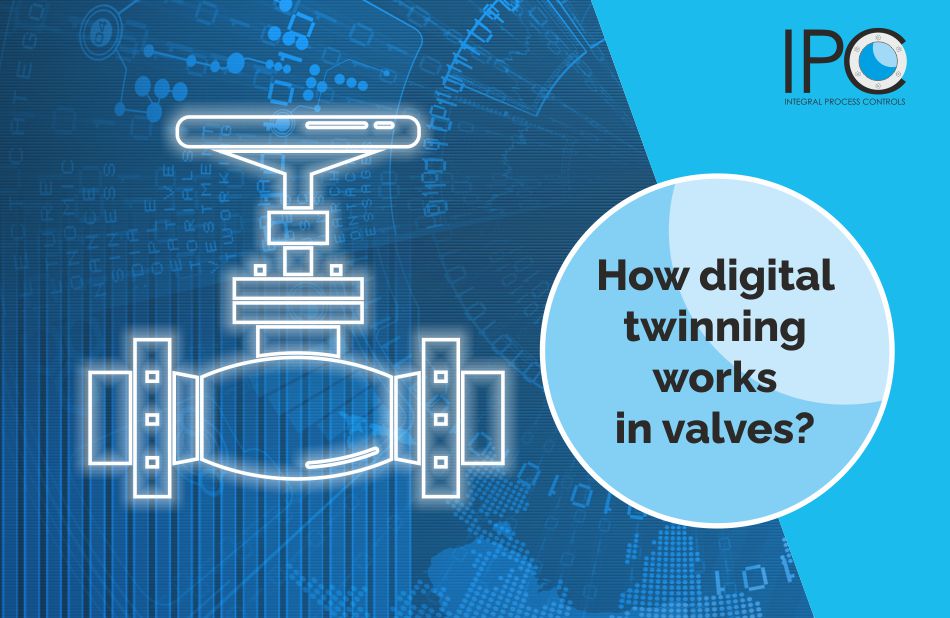Want a safer and more efficient operation? “Deploy” your valves before they are produced!
That’s right. You “deploy” a copy of the valve before the actual valve is produced. Now, you will get an idea of how the valve will perform under your facility’s service conditions, and the actual valve can be adjusted to precisely meet the service demands. What’s more, you aren’t putting your pipeline into action for testing the new valve, and you aren’t incurring any additional costs on the material to use for testing the new valve.
That’s because a digital twin of your actual valve is doing the testing for you!
Digital twinning is essentially creating a virtual copy of the valve and simulating process conditions under which it will operate. Digital twinning allows valve manufacturers as well as customers to optimize the products before they are pressed into operations. This makes downstream operations safer and virtually risk-free and also cuts the downtime needed for tuning the valves after they are in operation.
How digital twinning works in valves?
The digital twin of the valve is created using the Computational Fluid Dynamics (CFD) technology. The same technology allows engineers to run a simulation of the operation. The simulation shows the process material flowing through the valve, highlighting the flow capacity of the valve.
Valve manufacturers work together with the customers to study pressure drops, flow rates, and other critical material parameters in the simulation. Using the data, valves can be optimized for operation before they are manufactured.
What are its advantages?
- Helps check and adjust the required valve size quickly before building the valve
- Enables detection of faults such as flashing and cavitation in the system
- Prevents the damaging fluid-structure interventions
- Increases the valve lifespan
- Improves valve performance quality
Conclusion:
Digital twinning is an effective tool for manufacturing as well as for predictive maintenance of valves. Engineers could simulate various incidents and conduct a virtual post-incident analysis to improve safety at the plant.
Software programs maintain digital twin at the current plant state, ready for any tests in real-time. Additionally, specific versions of digital twins can be saved for deeper analysis and repeatability of simulations. Digital twinning is thus one of the best technologies for improved safety and efficiency in valves.
To know more, write to us at evalve@ipcvalves.com

